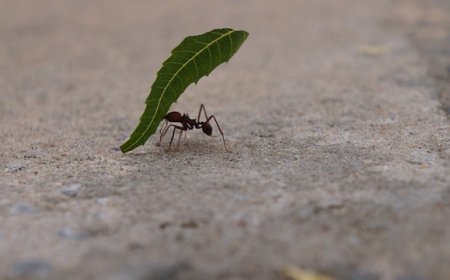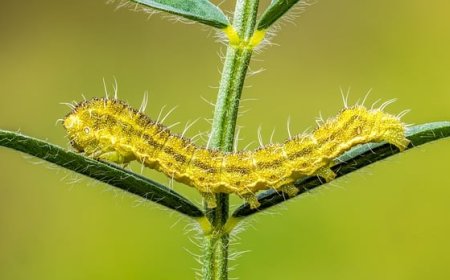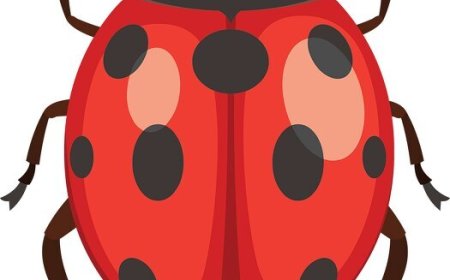Mosquitoes for Kids: Fascinating Facts, Life Cycle, and How to Stay Safe
Explore the world of mosquitoes in this kid-friendly guide. Learn about their life cycle, what they eat, why they bite, and how to avoid them.
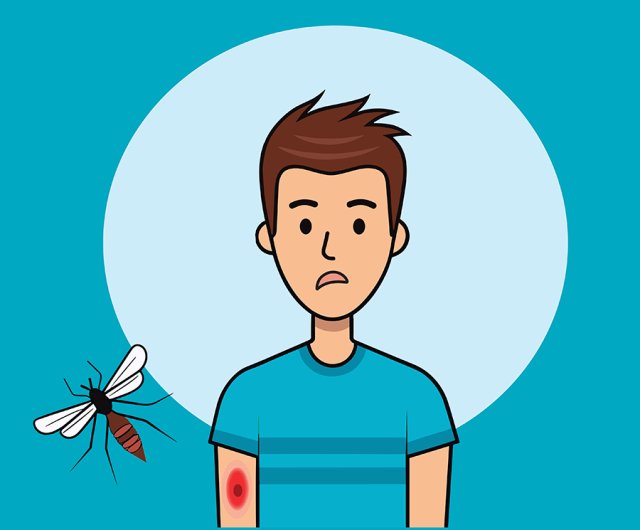
🦟 Mosquitoes: Tiny Insects with a Big Impact
🌼 Introduction
Mosquitoes are small flying insects that you’ve probably encountered buzzing around in the summertime. While they may seem like just annoying pests that bite people and animals, mosquitoes are actually important to ecosystems—and sometimes dangerous to humans because they can spread diseases. There are thousands of species of mosquitoes all over the world, and scientists study them to learn how to keep people healthy and protect the environment.
In this article, you’ll discover what mosquitoes are, how they live, how they grow, and why they matter more than you might think.
🧬 What Are Mosquitoes?
Mosquitoes are insects that belong to the order Diptera, which means “two wings.” This order also includes flies and gnats. The scientific family of mosquitoes is Culicidae.
- Kingdom: Animalia
- Phylum: Arthropoda
- Class: Insecta
- Order: Diptera
- Family: Culicidae
There are about 3,500 species of mosquitoes known to science. Only some of them bite humans or carry diseases.
🦟 What Do Mosquitoes Look Like?
Mosquitoes are small insects, usually about 3–6 millimeters long, with slender bodies and long legs.
Key body parts:
- Head: Two large compound eyes and long antennae.
- Proboscis: A long tube-like mouthpart used for sucking fluids.
- Thorax: The middle part where the wings and legs attach.
- Abdomen: The back part, which expands when the mosquito drinks blood.
Male and female mosquitoes look similar, but only females bite. Males feed on nectar and plant juices.
🏠 Where Do Mosquitoes Live?
Mosquitoes live almost everywhere in the world except Antarctica. They prefer warm, humid places and need water to lay their eggs.
Common habitats include:
- Swamps and marshes
- Ponds, lakes, and slow-moving streams
- Containers holding standing water (like buckets or tires)
- Wet grass and plants
🐣 The Mosquito Life Cycle
Mosquitoes go through complete metamorphosis, which means they have four life stages:
- Egg
- Females lay eggs on or near water. Some eggs float together in a group called a raft.
- Larva
- Also called wigglers, larvae live in water and come to the surface to breathe.
- Pupa
- Also called tumblers, pupae do not eat and are transforming inside.
- Adult
- The adult mosquito emerges from the pupa and flies away to find food and mates.
Some mosquitoes complete this cycle in as little as one week.
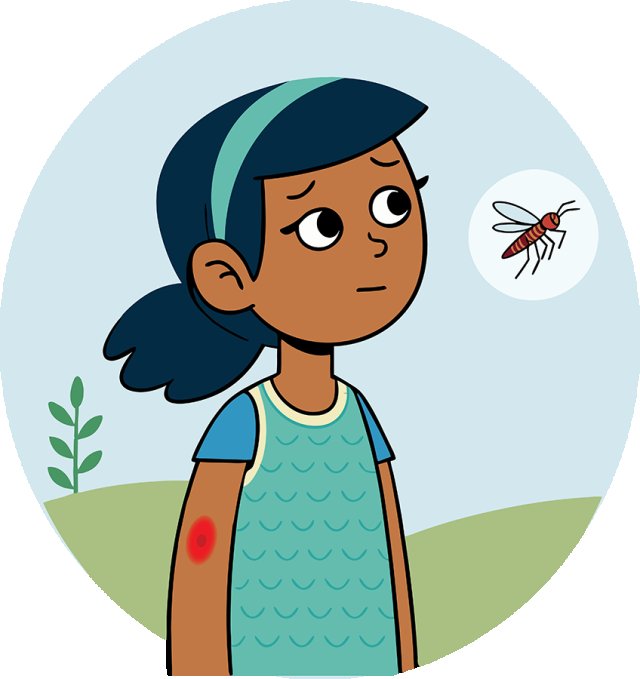
🍽️ What Do Mosquitoes Eat?
Female mosquitoes:
- Drink blood to get proteins needed to develop eggs.
- Also eat nectar and plant juices.
Male mosquitoes:
- Only eat nectar and plant juices.
Different species prefer different animals to bite—some bite birds, others mammals, and some prefer humans.
🦠 Mosquitoes and Disease
Mosquitoes are known as vectors, which means they can carry germs that cause disease.
Some diseases mosquitoes can spread include:
- Malaria
- Dengue fever
- West Nile virus
- Zika virus
- Yellow fever
Not all mosquitoes carry disease, but in many parts of the world, mosquitoes are a major health concern. Scientists work hard to find safe ways to control mosquito populations.
🦟 Why Are Mosquitoes Important?
Even though they can be pests, mosquitoes have important roles in ecosystems:
- Food Source: Their larvae are eaten by fish and other insects, and adult mosquitoes are food for birds, bats, and frogs.
- Pollination: Some mosquitoes help pollinate flowers when they drink nectar.
🛡️ How to Protect Yourself from Mosquito Bites
If you live in an area with mosquitoes, here are some ways to avoid bites:
- Wear long sleeves and pants when outdoors.
- Use insect repellent.
- Avoid being outside at dawn and dusk when mosquitoes are most active.
- Remove standing water around your home.
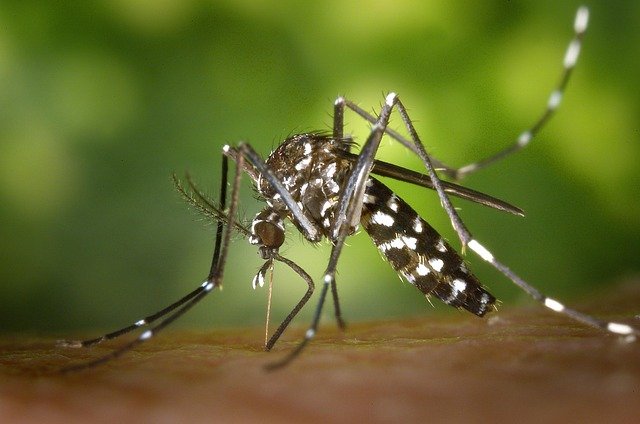
✨ Interesting Facts About Mosquitoes
- The word “mosquito” means “little fly” in Spanish.
- A mosquito’s wings beat 500–600 times per second, making their buzzing sound.
- Mosquitoes can smell human breath from over 100 feet away.
- Only female mosquitoes bite—males never drink blood.
- Mosquitoes have existed for more than 100 million years.
- Some species can lay hundreds of eggs at a time.
- The largest mosquito in the world lives in Australia and can have a wingspan of over 2 inches.
📝 Kid-Friendly Summary
Mosquitoes are small insects that live almost everywhere on Earth. Only female mosquitoes bite people and animals because they need blood to help their eggs grow. Mosquitoes lay eggs in water and go through four life stages. Even though they can spread diseases, mosquitoes are also important in nature because they feed many other animals and help pollinate plants.
🧠 Vocabulary Words
| Word | Definition |
|---|---|
| Diptera | The insect order that includes mosquitoes, flies, and gnats. |
| Proboscis | The long mouthpart mosquitoes use to suck blood or nectar. |
| Larva | The immature stage after the egg, also called a wiggler. |
| Pupa | The stage when the mosquito transforms into an adult. |
| Vector | An animal that carries disease from one living thing to another. |
| Nectar | Sweet liquid made by flowers. |
| Raft | A group of mosquito eggs stuck together and floating on water. |
| Metamorphosis | The process of changing from egg to adult in different stages. |
| Repellent | A substance used to keep insects away. |
| Habitat | The natural home or environment of an animal. |


















































